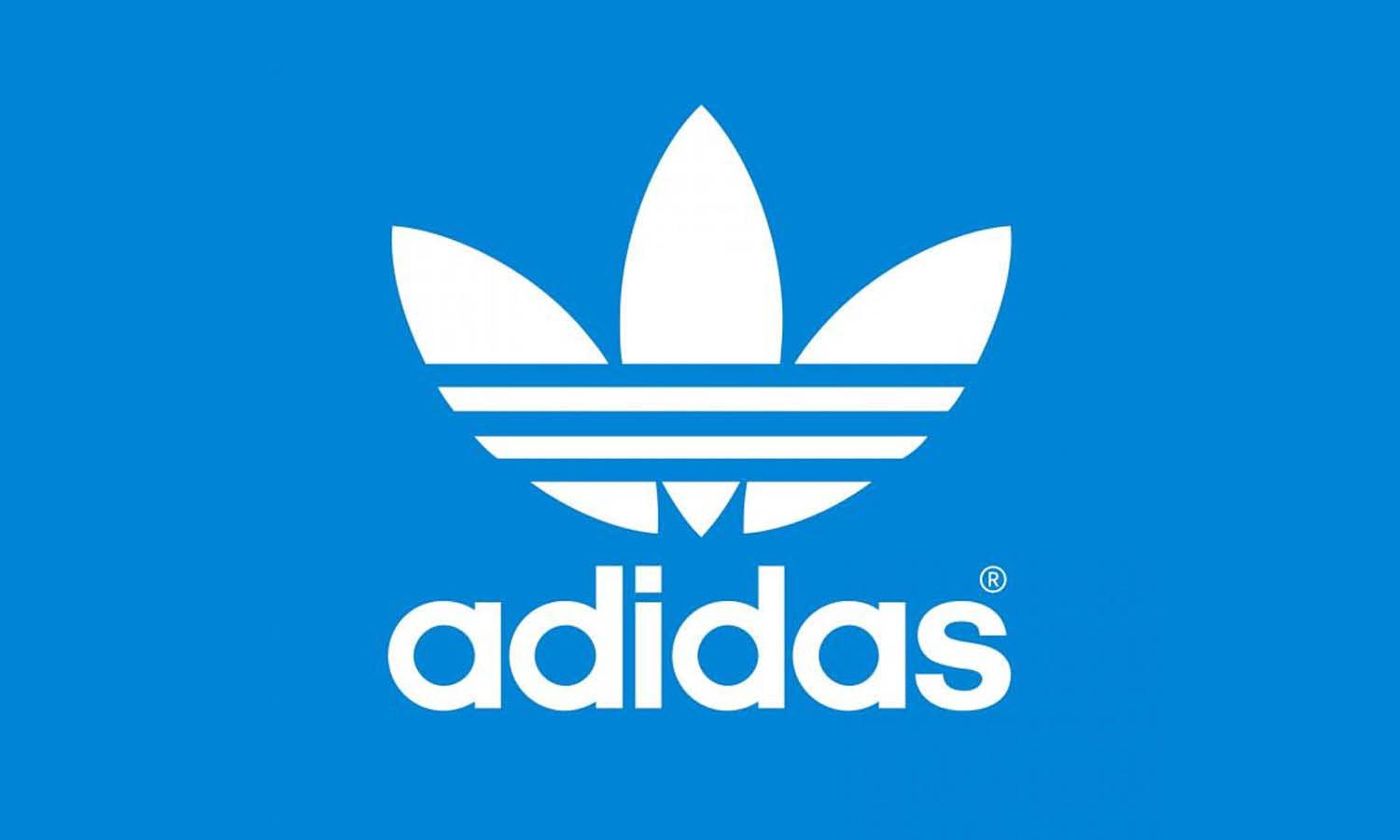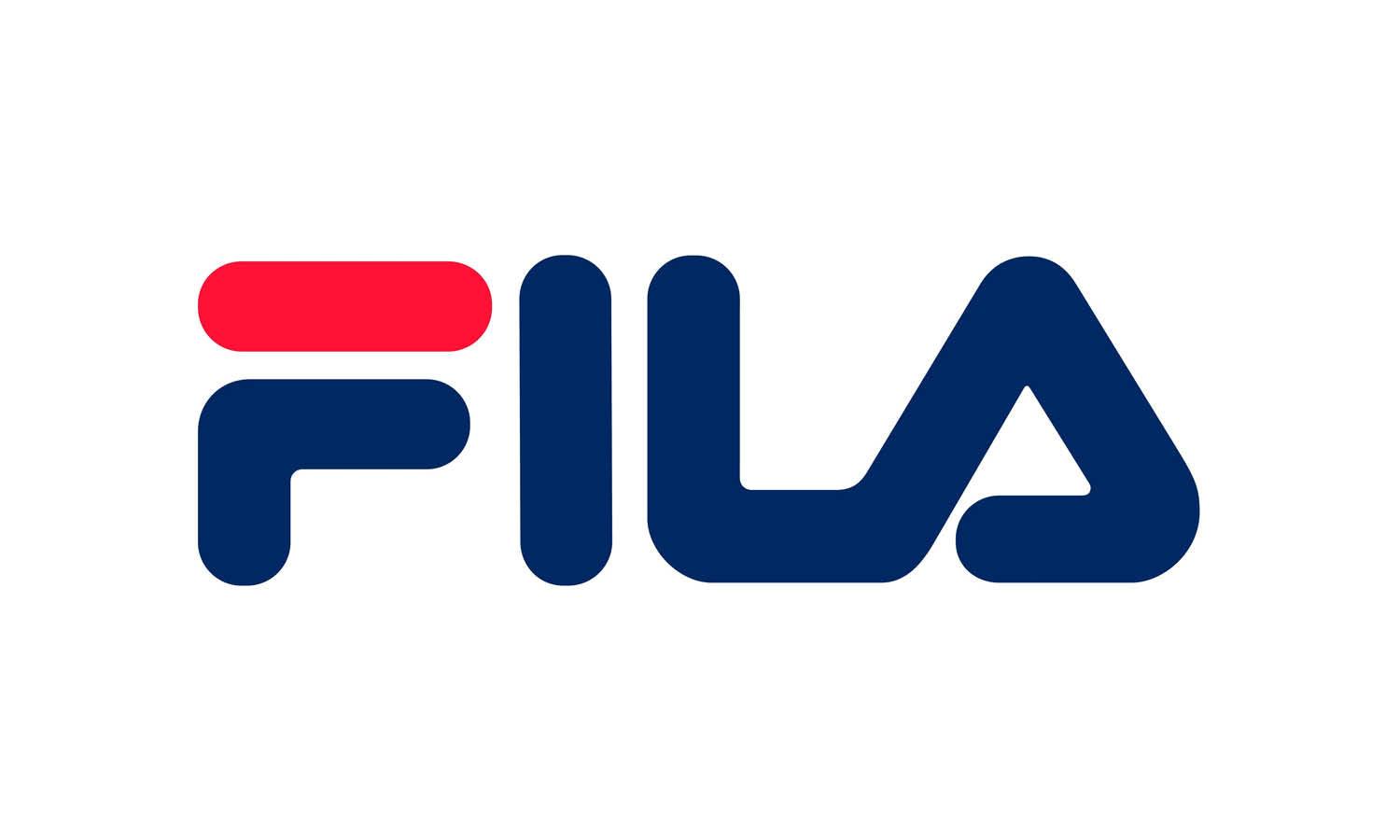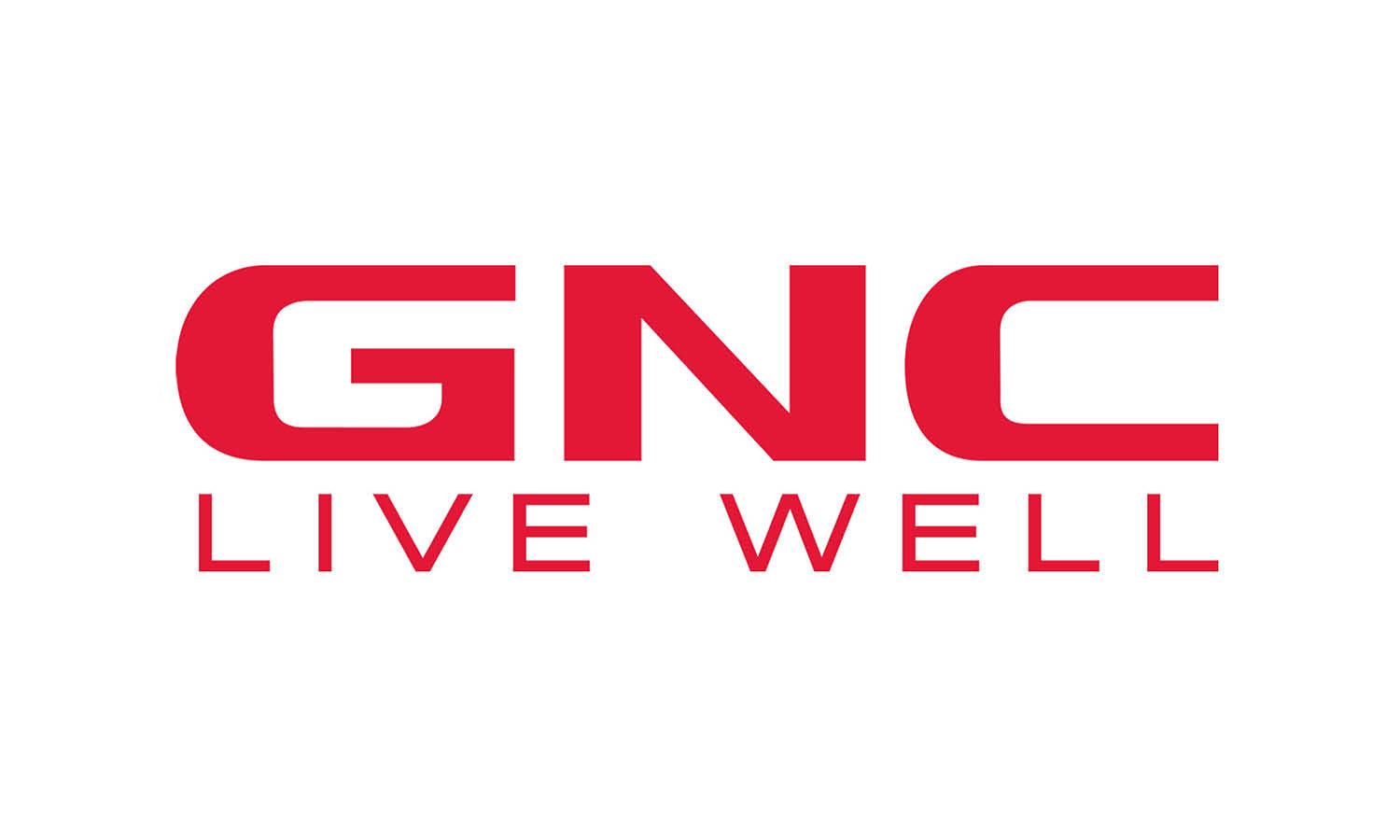Under Armour Logo Design: History & Evolution

Image Source: https://www.underarmour.com/ | Image Courtesy: Under Armour
In the ever-changing landscape of branding and design, few logos have become as instantly recognizable in the sports and apparel industry as the Under Armour logo. If you're a graphic designer, whether you're a newbie or a seasoned vet, dissecting the Under Armour logo design can offer a masterclass in simplicity, adaptability, and sheer impact. Established in 1996, Under Armour has evolved from a small company selling sweat-wicking shirts from a basement to a global powerhouse. And a big part of that success story? You guessed it—its iconic logo.
The tale of the Under Armour logo design is more than just a couple of intersecting "U" and "A" letters; it's a study in how design can encapsulate a brand's ethos and adapt alongside its growth. While the company's offerings have grown to include everything from running shoes to digital fitness platforms, the logo has remained largely consistent—demonstrating the power of a well-thought-out design. In this article, we'll delve into the history and evolution of the Under Armour logo design to unpack the elements that make it tick. Whether you're looking for inspiration for your next design project or are just a branding nerd like us, read on to get the inside scoop!
Under Armour Logo Design
1996 - 1997
Let's throw it back to the '90s—a time of grunge music, boy bands, and the inception of Under Armour. If you're curious about the roots of the Under Armour logo design, 1996 is where our journey starts. Founded in that year, Under Armour introduced its first logo, which quickly became a hallmark in the sports and apparel industry. The original version was surprisingly sophisticated for a brand that would become synonymous with gritty performance and high-impact athleticism.
So what did this debut logo look like? Imagine two vertically mirrored and overlapping arches, creating an emblematic "U" and "A" intersection. This dual-arch design served as the centerpiece, with additional text elements to complete the visual narrative. Above the logo, you'd find the word "Under," and below it, "Armour," flanking the iconic emblem. And let's not forget the tagline: “Athletic Apple.” Now, that's a '90s throwback for you!
Typography fans, hold onto your sketchbooks—the inscription was executed in a classy serif font. Yeah, you heard that right, a serif font! It might seem counterintuitive today, given Under Armour's pivot to sleek, modern branding, but the serif font added a luxurious touch to the original logo. This juxtaposition of classic and modern elements made the Under Armour logo design of 1996-1997 a standout, striking a balance between tradition and contemporary aesthetics. It was like pairing a vintage wine with a cutting-edge meal—unexpected but deliciously harmonious.
But why did this original design matter? For one, it set the foundation for the brand's identity. Those overlapping “U” and “A” arches might appear simple, but they conveyed a complex message. The vertical mirroring signaled balance and stability, traits highly valued in athletic performance. Meanwhile, the serif font elevated the brand, aligning it more with high-quality craftsmanship than with a mere sports apparel company.
Though the logo has evolved (spoiler alert: the serif font didn’t make the cut in future iterations), this original design set the stage for what Under Armour would become—a global juggernaut in the sports and fitness realm. For graphic designers, the 1996-1997 Under Armour logo design offers a lesson in the power of marrying traditional and modern elements to create something unforgettable. It’s a testament to how a well-crafted logo can help shape a brand's trajectory right from the get-go. So whether you're working on a new project or just fascinated by iconic designs, understanding the roots of the Under Armour logo gives you invaluable insights into effective branding.

Image Courtesy: Under Armour
1997 - 1998
Alright, fasten your seatbelts, design aficionados! We're making a one-year time leap to 1997-1998, a pivotal moment in the Under Armour logo design saga. In the blink of an eye—or perhaps, in the time it takes to perfect that bezier curve—the brand ditched its serif swag and adopted a fresh, clean look. Oh, and let’s not forget the introduction of the iconic oval badge that we've come to associate with the brand. Trust me, it's like a graphic designer's soap opera, full of twists and tweaks!
First up, the logo was now encased in a horizontally stretched oval badge. The oval added a new layer of visual interest and focused the viewer's attention squarely on what matters: the emblem and the text. This was no arbitrary choice; it was all about setting the stage for the brand’s expansive array of athletic gear and apparel.
Let's talk typography—my favorite subject and possibly yours, too! Gone were the serif days of yore. Instead, Under Armour rolled out a bold, square sans-serif typeface, infusing the logo with a more modern and robust look. But here's where things get especially interesting: the contours of the letters were rounded and softened, mitigating the harshness that square sans-serifs can sometimes carry. This minor but ingenious tweak made the typeface more approachable and less rigid, aligning it better with the diverse range of athletes and fitness enthusiasts who don the brand.
The main wordmark shifted to occupy the upper part of the frame, while the tagline found a new home beneath the emblem. This repositioning of text elements created a neatly compartmentalized logo that was as visually efficient as it was elegant. And if you're in the business of branding, you know that balance and harmony are essential ingredients in cooking up a killer logo.
So, why is the 1997-1998 Under Armour logo design a treasure trove for graphic designers? Well, it teaches us a few critical lessons. First, evolution doesn’t mean abandoning the core of your brand. The iconic “U” and “A” remained central, ensuring continuity and brand recognition. Second, typography can dramatically shift perception. By switching to a rounded, square sans-serif, Under Armour signaled it was ready to move and adapt swiftly, just like the athletes it catered to.
In essence, this era was all about the brand hitting its stride, both in terms of products and design language. It's an exciting chapter in the Under Armour logo design narrative, showing how calculated changes can rev up a brand’s visual identity without losing its soul.

Image Courtesy: Under Armour
1998 - 1999
If you were paying attention to the graphic design scene back then, or if you've just got an insatiable curiosity for brand evolution like I do, you'll find the Under Armour logo design journey of this period utterly fascinating. Think of it as a "Season 3" in a binge-worthy design series, where the plot takes an unexpected but compelling twist.
Firstly, let's talk about that color. The emblem went grayscale. Gone were the various shades or any other distractions; Under Armour was now presented in a single, sleek gray color. This choice was not just a stylistic whim; it subtly declared that the brand was focused on functionality over frills. Gray screams utilitarian cool, doesn't it? It’s the shade that says, "Hey, we're all about performance here."
But wait, there’s more! That stretched oval frame? Well, it got an upgrade, becoming a more prominent and thicker oval. This wasn't just a beefed-up border; it created a visual boundary that further emphasized the iconic "U" and "A" logo. It's like how a well-chosen picture frame makes artwork pop—it elevates the main attraction.
Now, for all you type enthusiasts out there, the typography underwent a fantastic transformation. The wordmark nestled beneath the emblem got a modern, bold, and—dare I say—exquisite revamp. While maintaining its sans-serif roots from the previous iteration, the typeface was now sharper and more refined, reflecting a brand that was becoming increasingly sophisticated. This typographical glow-up signaled that Under Armour wasn't just another player in the game; it was a brand with attention to detail and a keen eye for design.
Oh, and let’s pour one out for the tagline, which vanished in this period. Removing it was a bold move, streamlining the logo and placing all the focus on the brand name and emblem. It's as if Under Armour was saying, "We’re confident enough in our identity; we don’t need extra words to tell you who we are."
For graphic designers, the 1998-1999 Under Armour logo design is a study in the art of subtle refinement. It demonstrates how incremental changes—a color switch here, a typeface tweak there—can cumulatively result in a striking evolution without alienating a loyal customer base. It also teaches us the importance of understanding when to add elements and when to strip them away for maximum impact.
So, there you have it—a pivotal year in the Under Armour logo design timeline, filled with lessons in simplicity, focus, and the power of thoughtful adjustments. Who's ready for the next episode in this branding saga?

Image Courtesy: Under Armour
1999 - 2005
Alright, grab your sketchbooks and color wheels because we’re diving into the Under Armour logo design years of 1999-2005. This was the turn-of-the-millennium moment for the brand, an epoch where Y2K fears were all the rage and baggy jeans were a questionable fashion staple. But while the world was worried about computer meltdowns, Under Armour was cooking up a logo facelift that shouted, "Hello, future!"
First, let’s tackle the color. In 1999, Under Armour made another significant shift, ditching the stylish gray in favor of a stark monochrome palette. Now, monochrome can sometimes be viewed as simplistic, but here it serves as a power move. A black and white scheme cuts through the noise, making the logo instantly recognizable whether you're seeing it on a jersey in a packed stadium or a sneaker in a crowded store.
Now, brace yourselves for the next big reveal: the typography. If the previous typeface was a playful wink, the new one is a confident grin. It was sleek, it was futuristic, and it screamed innovation. Coupled with the emblem, the logotype made sure you knew that Under Armour was about cutting-edge performance, right in sync with a new millennium's vibe. The brand wasn’t just in the game; it was ahead of it.
Oh, but that's not all! Underneath the brand name, separated by a horizontal line, the words “Performance Apparel” made their debut. It's like Under Armour just got its subtitle. This wasn't merely additional text; it was a strategic move to reinforce what the brand was all about. It made clear that Under Armour wasn’t just another apparel company; it was in the business of enhancing athletic performance. As graphic designers, we know the immense power of a well-placed line or a few carefully chosen words—it can literally redefine a brand's identity.
So, what’s the takeaway from this design phase for you graphic design aficionados? The 1999-2005 Under Armour logo design illustrates the sheer power of deliberate tweaks, whether they be in color, typeface, or additional textual elements. It shows how a brand can evolve while keeping the core elements—like that iconic "U" and "A" combo—intact, proving that you don't need to reinvent the wheel to make a significant impact.
For anyone interested in the dynamics of brand evolution and how slight adjustments can radically change public perception, these years in Under Armour’s design history serve as a compelling case study. And let’s face it, it’s just plain cool to see how a brand we all know has changed its stripes—or in this case, its emblem and typeface—over the years!

Image Courtesy: Under Armour
Analysis: Under Armour Logo Design Evolution
We've been on a time-traveling tour through the intriguing chapters of Under Armour logo design history, haven't we? From its serif-font beginnings to the monochromatic, futuristic aura it embraced in the early 2000s, the Under Armour logo has been on quite a ride. Now, let’s press pause and dive into some analysis. We're going to dissect the twists and turns this iconic logo took and see what invaluable lessons it holds for graphic designers like us.
The Power of Simplicity
One of the most striking aspects of the Under Armour logo is its simplicity. The original design already had a minimalist flair with the mirrored “U” and “A” arches. This simplicity makes it timeless and highly versatile, proving that less is often more when it comes to logo design.
Purposeful Typography Changes
Typography plays a critical role in shaping a brand's image. The shift from a serif to a futuristic sans-serif shows how the brand matured and adapted to changing times. Every change in font style reflected a specific phase in the brand’s life, and that’s a lesson in how typography can narrate a brand’s story.
Strategic Use of Color
Under Armour's transition from gray to monochrome was no accident. Color is a powerful tool in branding and should align with the brand’s ethos. In this case, the monochrome palette simplified the logo while amplifying its impact, emphasizing that the brand is all about performance, not frills.
The Subtlety of Additional Elements
From taglines to horizontal lines, Under Armour understood when to add and when to remove elements for optimal readability and focus. These small but significant changes showcase how attention to detail can refine a brand's message and appearance over time.
Consistency is Key
Throughout its evolution, Under Armour has kept its core elements consistent. The iconic “U” and “A” remained a constant, ensuring brand recognition while allowing room for modernization. Maintaining certain aspects of the design across iterations is critical for brand identity.
So there you have it! The Under Armour logo design is not just a pretty emblem; it’s a rich, evolving tapestry filled with lessons on simplicity, typography, color theory, attention to detail, and consistency. Whether you're a seasoned designer or a newbie sharpening your Illustrator skills, this case study serves as a masterclass in how thoughtful design decisions can carry a brand from humble beginnings to global recognition.

Image Source: https://www.instagram.com/underarmour/ | Image Courtesy: Under Armour
The Philosophy & Meaning Behind Under Armour Logo Design
So, we've been geeking out over the chronological evolution of the Under Armour logo design, breaking down its visual elements like it's a delectable piece of design pie. But have you ever stopped to think about the philosophy and meaning baked into this iconic logo? Oh yeah, we're going full-on design philosophy class today! Grab your thinking caps and let’s dig into the deeper narrative that the Under Armour logo tells us.
The Emblem of Strength
The most iconic part of Under Armour's logo—the intertwined "U" and "A"—isn't just visually pleasing. It symbolizes strength, unity, and armor-like protection, precisely reflecting the brand's promise to enhance athletic performance. It’s a striking representation of what the brand stands for, subtly woven into its visual identity.
The Power of Minimalism
Under Armour's logo is an exercise in the philosophy of minimalism. Its design isn't cluttered with unnecessary elements, instead focusing on the essentials. The simplicity means the logo can be easily recognized and recalled, illustrating the belief that minimal design can deliver maximum impact.
Utility Over Flash
The shift from a stylish gray to a monochrome color scheme wasn't just an aesthetic choice. It echoes the philosophy of placing utility over flashiness. By stripping down to the basics, Under Armour sends a powerful message: the brand is all about performance and functionality.
Futuristic Aspirations
The sleek, futuristic font adopted in later iterations of the logo speaks volumes about Under Armour's vision for the future. The brand isn’t just keeping pace with current trends; it aims to set them. This typeface is a nod to innovation, suggesting that the company is always looking forward to what comes next.
Narrating a Story
Every tweak and turn in the Under Armour logo design is a chapter in a well-crafted narrative. From the early use of serif fonts evoking tradition and credibility, to the introduction of the "Performance Apparel" tagline, each element has contributed to telling the brand’s story. It showcases the philosophy that a well-designed logo is not just an emblem but a storyteller.
So there you have it, folks! The Under Armour logo design isn't just about visual charm; it's a multi-layered philosophical statement. From its minimalist roots to its focus on functionality and its eye on the future, the logo is a concise lesson in how to embody brand values and vision. The next time you're stuck in a creative rut or just need a dose of inspiration, think about the Under Armour logo.

Image Source: https://www.instagram.com/underarmour/ | Image Courtesy: Under Armour
What Can We Learn from Under Armour Logo Design
Hey designers, ready for some design wisdom? By now, we've dissected the Under Armour logo design like it's our final project at design school. We’ve talked history, evolution, meaning, and philosophy. But let’s get to the real juice: what can we, the ever-curious graphic designers, learn from this iconic brand's visual journey? Buckle up, because we’re about to uncover some actionable insights that you can use to level-up your own design game.
The Art of Visual Storytelling
If Under Armour has taught us anything, it's that a logo isn't just a pretty picture—it’s a story in a visual format. Through careful selection of colors, typefaces, and additional elements, you can narrate a brand's entire journey. So, the next time you're at the drawing board, think of yourself not just as a designer but also as a storyteller.
Adaptability is Key
Markets change, trends evolve, and so should logos. The various iterations of the Under Armour logo design exemplify how adaptability can keep a brand relevant. Whether you're working on a brand refresh or a start-up’s first logo, always design with the future in mind.
Make Every Element Count
From taglines to color schemes, each element of the Under Armour logo was chosen with purpose. That attention to detail has translated into a cohesive and instantly recognizable brand image. Remember, there are no trivial elements in design; everything has a role to play in conveying the brand’s message.
The Simplicity Sweet Spot
One thing Under Armour nailed is balancing simplicity and distinctiveness. The brand has consistently delivered logos that are easy on the eyes yet instantly recognizable. This is a reminder that you don't have to go overboard with details to create something memorable. Sometimes, the magic lies in finding that simplicity sweet spot.
Consistency Matters, but So Does Evolution
Under Armour has made several changes to its logo over the years, but the core elements have remained the same. Consistency in design helps in building brand recognition, but a dash of evolution keeps it fresh and aligned with the times. As designers, it’s crucial for us to find that perfect balance.
So, there you have it! These are just a handful of the countless lessons packed into the Under Armour logo design saga. From storytelling and adaptability to purposeful detailing and the fine art of balancing simplicity with evolution, there's a lot to unpack and even more to apply in our own design endeavors. So, go ahead and take these insights to your next project.
Conclusion
Alright, design mavens, that wraps up our deep dive into the fascinating world of Under Armour logo design. From its inception to its current form, this emblem serves as a masterclass in visual storytelling, adaptability, and ingenious design choices. It's more than just eye candy; it's a playbook filled with valuable lessons for graphic designers of all levels. So the next time you're sketching out logo concepts or pondering a brand's visual strategy, think about the wisdom encapsulated in Under Armour's iconic symbol. Happy designing, folks!
Let Us Know What You Think!
These fantastic logo design articles are written and curated by Kreafolk's team. We hope you enjoy our information and remember to leave us a comment below. Cheers!
















Leave a Comment